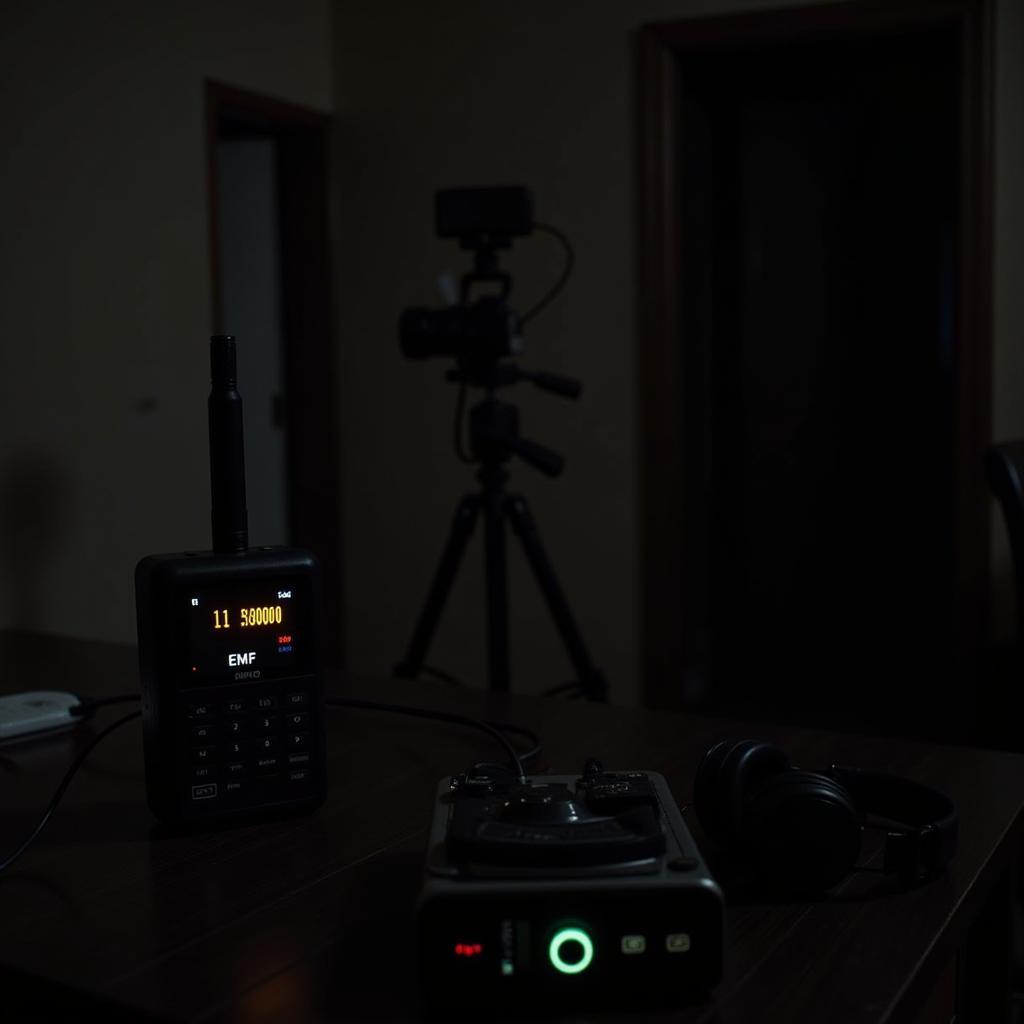Delving into the world of paranormal research often feels like stepping into a labyrinth of unanswered questions and intriguing mysteries. One crucial tool for navigating this enigmatic landscape is a well-structured research manuscript. This guide acts as your compass, leading you through the intricacies of creating a compelling and effective Research Manuscript Template specifically tailored for paranormal investigations.
Structure is Key: Building a Solid Foundation
Whether you’re investigating spectral apparitions, unexplained phenomena, or ancient legends, a standardized format ensures your findings are presented with clarity and credibility. While traditional research frameworks often apply, paranormal research often necessitates a more nuanced approach.
Here’s a breakdown of a common structure for a paranormal research manuscript template:
I. Introduction
- Objective: Clearly define the purpose of your research. Are you attempting to prove or disprove a theory? Document a specific phenomenon?
- Background: Provide a concise overview of the subject matter. This is where you introduce the legend, historical context, or previous research related to your chosen phenomenon.
- Hypothesis: What do you anticipate finding? This should be formulated as a testable statement.
II. Methodology
* **Research Design:** Detail the type of investigation used (e.g., case study, experimental, qualitative analysis).
* **Data Collection:** List the methods employed – interviews, EVP recordings, photography, EMF readings, etc. Be specific about equipment used (make and model).
* **Location:** Describe the site of the investigation in detail. Include historical background, blueprints if applicable, and any known paranormal reports associated with the location.
{width=1024 height=1024}III. Findings and Analysis
* **Present Your Evidence:** This is where you objectively present your findings. Organize your data logically, using tables, charts, and timestamps when applicable.
* **Interpretation:** Analyze your findings. What patterns or anomalies emerge? Do your findings support or contradict your hypothesis? Avoid making definitive claims without conclusive evidence.
* **Limitations:** Acknowledge any constraints faced during your investigation. Were there environmental factors that may have affected data collection? Were there limitations with the equipment or methodology?IV. Discussion
* **Contextualization:** Discuss your findings in relation to existing research or theories in the field of paranormal studies.
* **Alternative Explanations:** Explore possible non-paranormal explanations for the observed phenomena. Be critical and objective.
* **Further Research:** Suggest avenues for further investigation based on your findings. What questions remain unanswered? V. Conclusion
* **Summary of Findings:** Concisely reiterate your key findings and whether they supported your initial hypothesis.
* **Significance:** Discuss the potential implications of your research for the field of paranormal studies. VI. References/Bibliography
* List all sources cited in your manuscript using a consistent citation style.Engaging Your Audience: Tips for a Compelling Manuscript
- Clarity is King: Use precise language and avoid jargon that may not be familiar to all readers.
- Visual Storytelling: Incorporate visual elements like photographs, illustrations, or diagrams to enhance engagement and illustrate key findings.
- Objectivity is Paramount: Present your findings impartially. Acknowledge uncertainties and avoid sensationalizing data.
- Peer Review: Seek feedback from other researchers in the paranormal community.
Beyond the Template: Ethical Considerations
Paranormal research demands a high degree of ethical responsibility.
- Respect for the Unknown: Approach investigations with respect for the potential entities or energies you may encounter.
- Confidentiality: Protect the identities of individuals involved in your research, especially if dealing with personal experiences or sensitive locations.
- Honesty and Transparency: Report your findings truthfully, even if they don’t align with your initial expectations.
Conclusion
A well-structured research manuscript template is indispensable for advancing the field of paranormal research. By adhering to a logical format, employing rigorous methodology, and prioritizing ethical considerations, you contribute to a more credible and insightful exploration of the unexplained.
Remember, the pursuit of paranormal knowledge is a journey of discovery, and a meticulously crafted research manuscript is your roadmap to illuminating the mysteries that lie beyond the veil of the ordinary.
Need Help with Your Paranormal Research?
Contact our team of experts 24/7 for support:
Phone: 0904826292
Email: research@gmail.com
Address: No. 31, Alley 142/7, P. Phú Viên, Bồ Đề, Long Biên, Hà Nội, Việt Nam.
